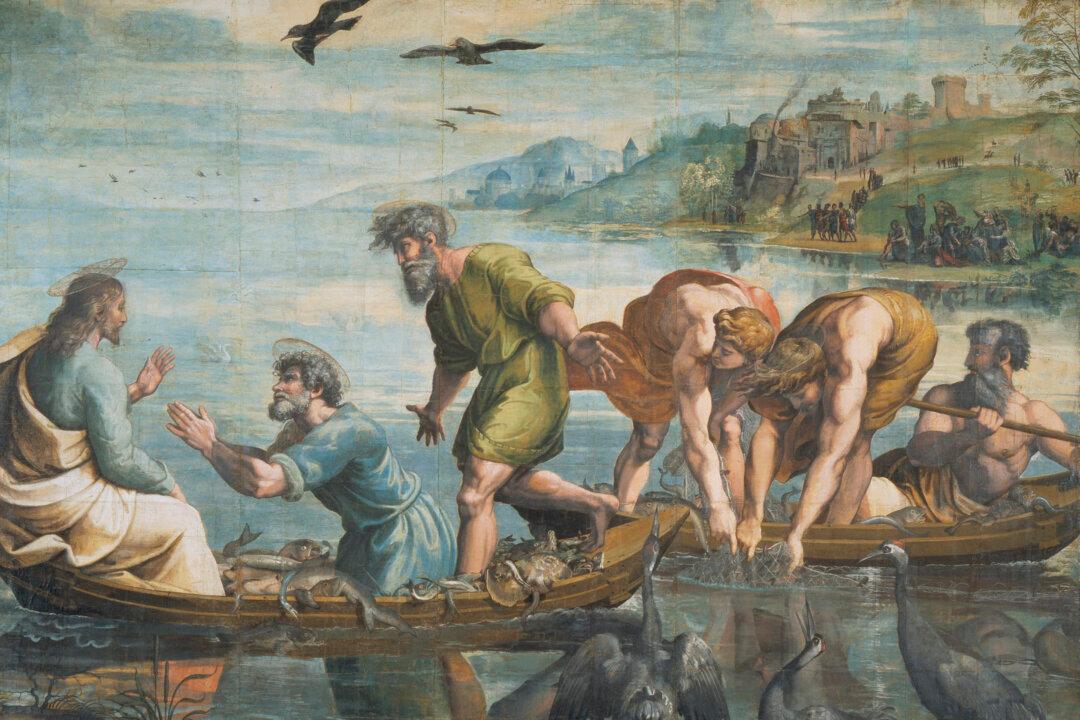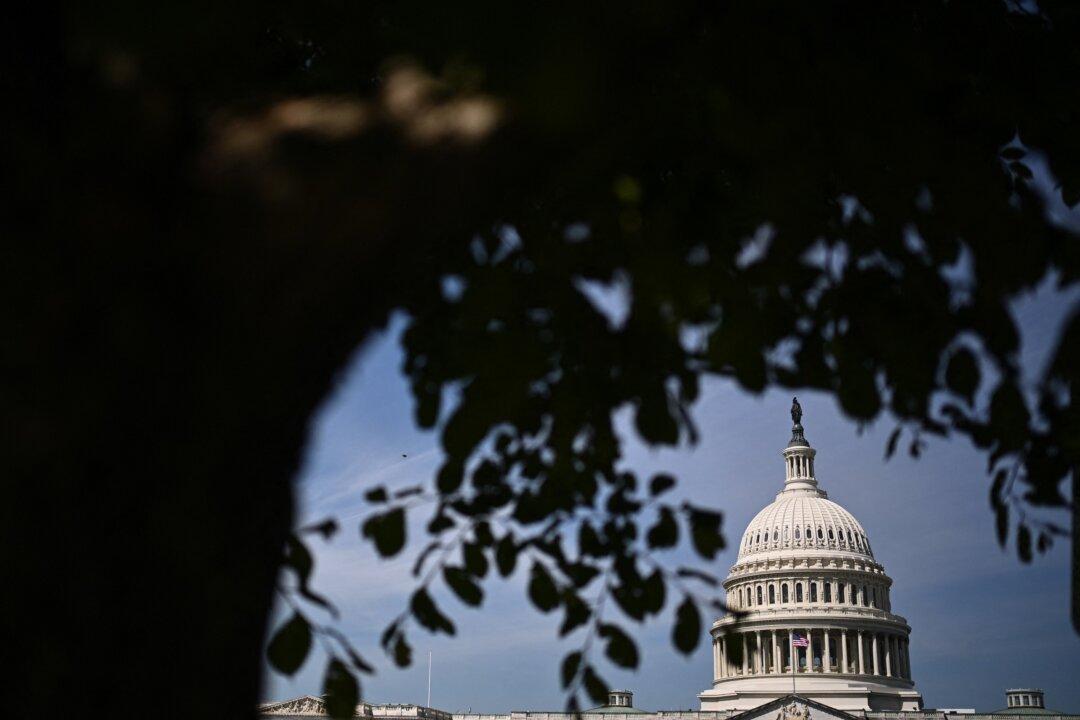While cartoons in the United States generally refer to humorous or satirical drawings, during the Renaissance era cartoons meant something entirely different: preliminary sketches that served as studies for future work, or perhaps work to be transferred to another medium.
The Raphael cartoons, in this case, preparatory sketches for tapestries, are some of the greatest examples of High Renaissance art found in Europe outside of Rome. They at London’s Victoria and Albert Museum (V&A) and are personal favorites of mine; I have visited the exhibit dozens of times, most recently in March of this year.






